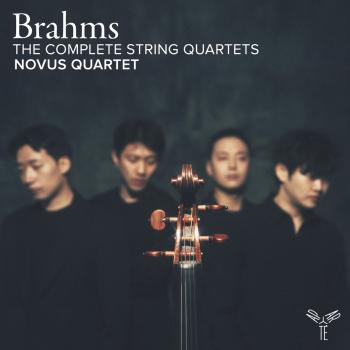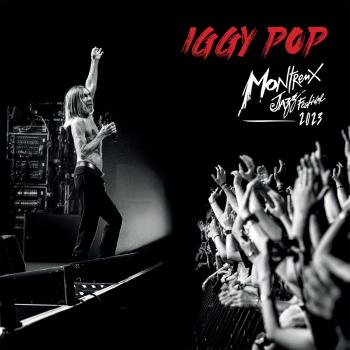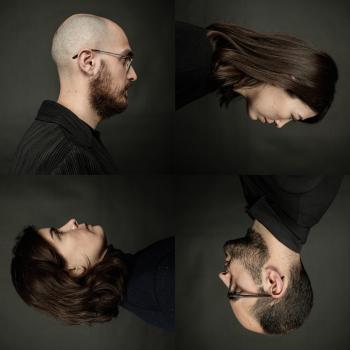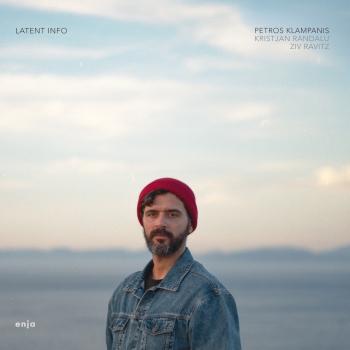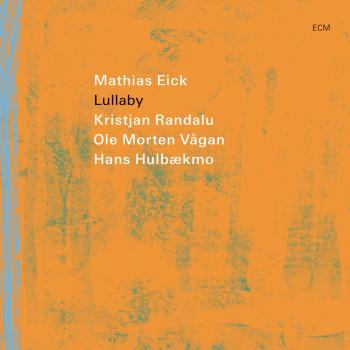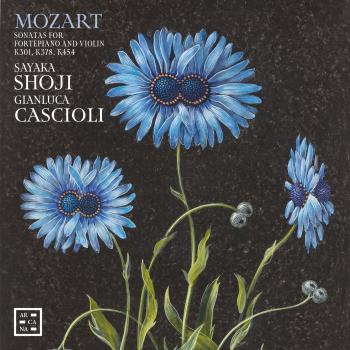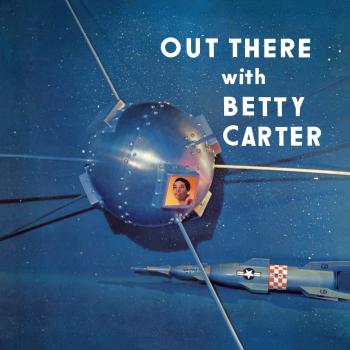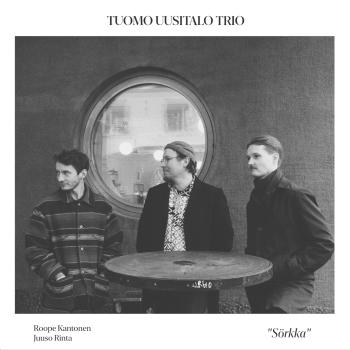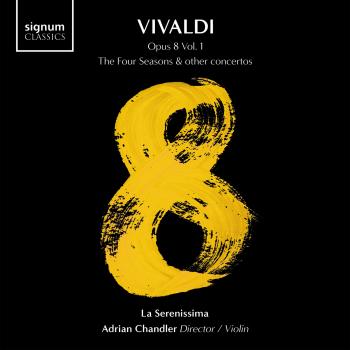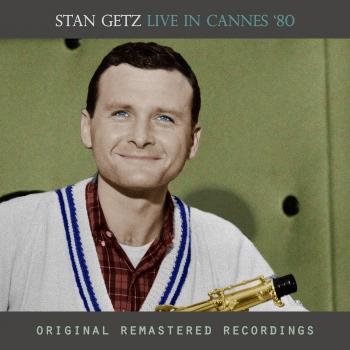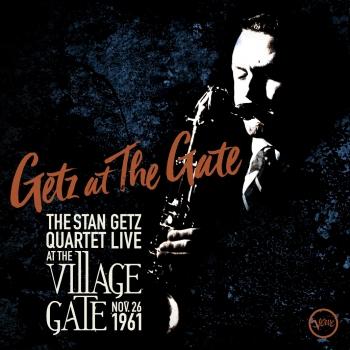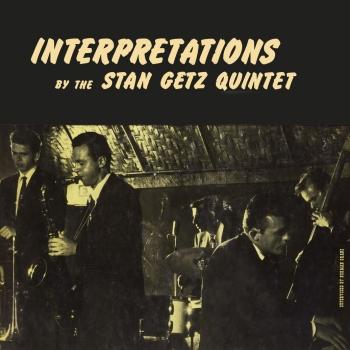
Getz At The Gate (Live) (Remastered) Stan Getz
I`m sorry!
Dear HIGHRESAUDIO Visitor,
due to territorial constraints and also different releases dates in each country you currently can`t purchase this album. We are updating our release dates twice a week. So, please feel free to check from time-to-time, if the album is available for your country.
We suggest, that you bookmark the album and use our Short List function.
Thank you for your understanding and patience.
Yours sincerely, HIGHRESAUDIO
- 1 Announcement By Chip Monck (Live At The Village Gate, 1961) (Remastered) 00:26
- 2 It's All Right With Me (Live At The Village Gate, 1961) (Remastered) 07:49
- 3 Wildwood (Live At The Village Gate, 1961) (Remastered) 09:20
- 4 When The Sun Comes Out (Live At The Village Gate, 1961) (Remastered) 06:28
- 5 Impressions (Live At The Village Gate, 1961) (Remastered) 12:01
- 6 Airegin (Live At The Village Gate, 1961) (Remastered) 08:35
- 7 Like Someone In Love (Live At The Village Gate, 1961) (Remastered) 09:45
- 8 Woody 'N' You (Live At The Village Gate, 1961) (Remastered) 08:29
- 9 Blues (Live At The Village Gate, 1961) (Remastered) 10:23
- 10 Where Do You Go (Live At The Village Gate, 1961) (Remastered) 05:02
- 11 Yesterday's Gardenias (Live At The Village Gate, 1961) (Remastered) 08:19
- 12 Stella By Starlight (Live At The Village Gate, 1961) (Remastered) 07:25
- 13 It's You Or No One (Live At The Village Gate, 1961) (Remastered) 09:01
- 14 Spring Can Really HangYou Up The Most (Live At The Village Gate, 1961) (Remastered) 06:58
- 15 52nd Street Theme (Live At The Village Gate, 1961) (Remastered) 14:18
- 16 Jumpin' With Symphony Sid (Live At The Village Gate, 1961) (Remastered) 14:58
Info for Getz At The Gate (Live) (Remastered)
Tenor saxophone legend Stan Getz’s career spanned six decades in which he played with everyone from Antonio Carlos Jobim and Dizzy Gillespie to Barry Manilow and Huey Lewis. On June 14, Verve Records and UMe will take fans back to the evening of November 26, 1961, when Getz and his quartet comprising pianist Steve Kuhn, bassist John Neves, and drummer Roy Haynes took the stage at New York’s Village Gate. The show was professionally recorded, possibly for release, but for one reason or another, was never issued.
The show was professionally recorded with a view to possible commercial release but, after those plans were forgotten, the tape sat in the vaults for 58 years. The recording serves as a priceless document of a direction that Getz, ultimately, did not follow.
Returning from a period of living in Europe, he put together this new quartet to pursue a slightly more modern and aggressive sound which was gaining ground, notably via John Coltrane’s quartet, in which Kuhn had recently been playing. But in 1962, Getz’s Jazz Samba album with guitarist Charlie Byrd heralded the start of the bossa nova boom, and steered the course of Getz’s career for the following years.
1963’s Jazz Samba Encore! (1963) album, featuring Luiz Bonfá, continued that trend, before the saxophonist’s unforgettable liaison with Brazilian guitarist João Gilberto for 1964’s Getz/Gilberto. Also featuring pianist Antônio Carlos Jobim, it led to a Record of the Year Grammy Award in 1965 for ‘The Girl From Ipanema,’ one of two tracks featuring João’s wife, vocalist Astrud Gilberto.
Getz at The Gate contains performances of several tracks that he had recorded in the 1950s, including ‘When the Sun Comes Out,’ ‘Like Someone in Love’ and ‘Spring Can Really Hang You Up the Most.’ It also hints at where he might have gone if the bossa nova sound had not dictated his next direction, with Getz’s only known recordings of ‘It’s All Right with Me’ and ‘Yesterday’s Gardenias.’ The album also showcases the uptempo choruses of ‘Airegin’ and an impassioned version of ‘Where Do You Go?’.
Stan Getz, tenor saxophone
Steve Kuhn, piano
John Neves, bass
Roy Haynes, drums
Digitally remastered
Stan Getz
was a tenor saxophonist of the first rank who, while exploring and pursuing a purity of musical expression, maintained a large following. He attracted it early in his career with his recording of "Early Autumn" with the Woody Herman band in 1948, more or less sustained it during the Fifties (which were not always tranquil times for him), and then, in the early Sixties, expanded it as he helped introduce Brazilian bossa nova rhythms to jazz. With "Desafinado" and other tunes, Getz established a sound and a beat that appeared and soared on the charts that rank recordings by the number sold.
When he died in 1991, he was one of the most esteemed jazz figures among musicians, critics, and general listeners. He gianed this acceptance despite never having compromised his art.
Although Getz played attractive compositions tastefully with harmonic and melodic sophistication, so too did many substantial musicians who never received much critical and popular acclaim. The primary reason for his greatness and his popularity lies elsewhere, in his tone. It is uniquely his. Big and pure and rich and definite, it possesses such an intrinsic appeal that master saxophonist and innovator John Coltrane proclaimed his envy of it — and Roost Records released a Getz album in the Fifties called, simply and accurately, The Sound.
Getz recorded his most sublime creations during his long affiliation with first the Clef and Norgran labels and then Verve Records, from 1952 to 1971.
This album contains no booklet.

